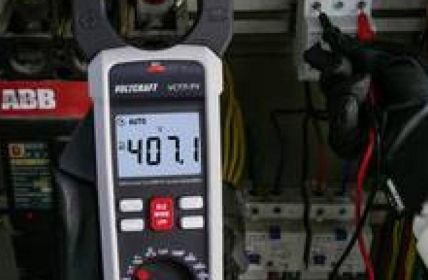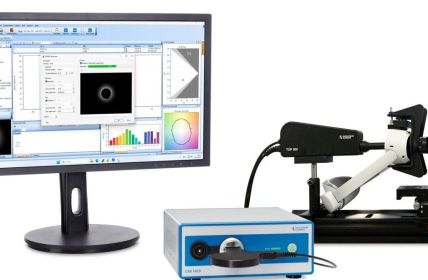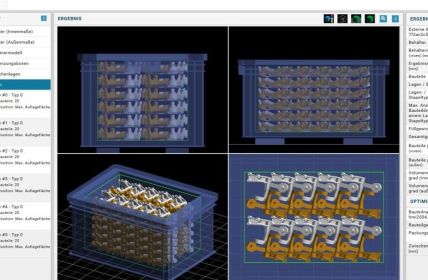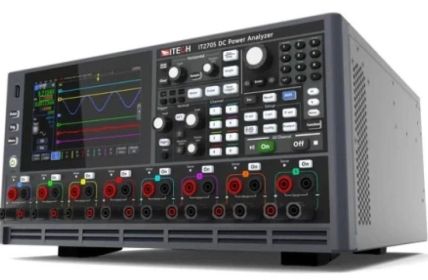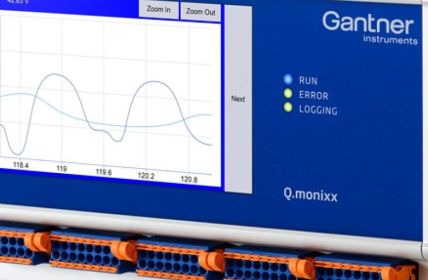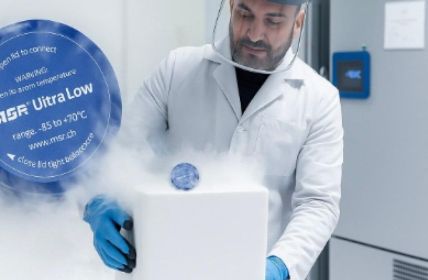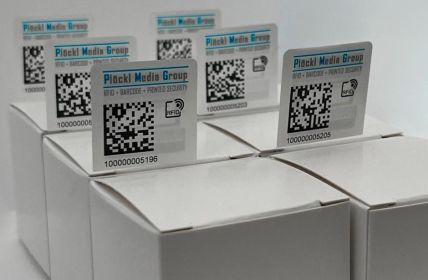Rockley Photonics has unveiled its new sensor platform at this year’s Consumer Electronics Show (CES), a trade show for consumer electronics. At the core of the innovation is a spectrophotometer chip whose infrared beams can penetrate the skin. A feature that could expand the medical use of wearables.
Table of Contents: What awaits you in this article
Health optimization as an unbroken trend
As living conditions become more upscale, awareness of one’s own health is also growing. In addition to alternating trends about the best way to exercise and eat healthily, the need among many people to optimize their own bodies is also on the rise. Crises in particular play their part in reinforcing this state of affairs. Many people are constantly and everywhere told that it is entirely up to them whether they get sick or not.
Wearables: double-digit growth market
Tools that support to drive this view are called wearables. Small wearable devices that offer a variety of functions that can record personal data. The body’s own values in particular have been the focus of commercial interest for some time. The annual double-digit growth rates in this market and the prospect of 130 million devices being shipped by 2025 are fueling the development.
Wearables: GP always with you
So far, smartwatches in particular have measured sleep patterns, oxygen saturations, heart rates or breathing intervals mostly using LED or PPG sensors. Rockley Photonics criticizes the inadequacies of the established technologies. For example, LED trackers would have only a limited light spectrum band and a low signal-to-noise ratio. This in turn would lead to inaccurate surveys.
Rockley Photonics: Clinic on the wrist
With its new infrared technology, Rockley Photonics promises not only that such measurement errors will now be a thing of the past. Its technology would also allow much deeper insights into the human body than before. For comparison, the developers draw on diagnostic equipment from hospital facilities. Their solution would be able to serve similar functions, albeit in a much smaller package.
Photonics for very deep insights
For example, the company’s newly developed chip features multiple photonic lasers that have higher ranges, accuracies and resolutions than comparable products. Here, the talk is of up to a million times higher resolution, a thousand times increased precision and a hundred times longer range. Among other things, they should enable the detection of lactate, glucose, alcohol and blood oxygen levels. This is made possible by sensors that can penetrate skin and body fluids underneath. Their values are processed in a cloud using artificial intelligence and machine learning.



